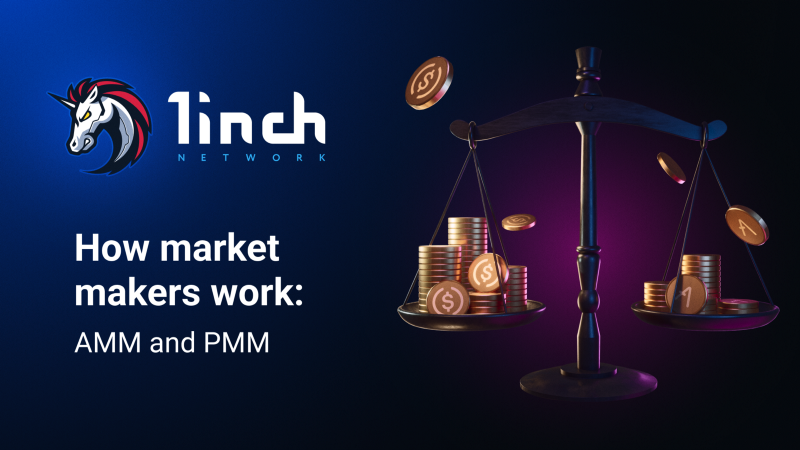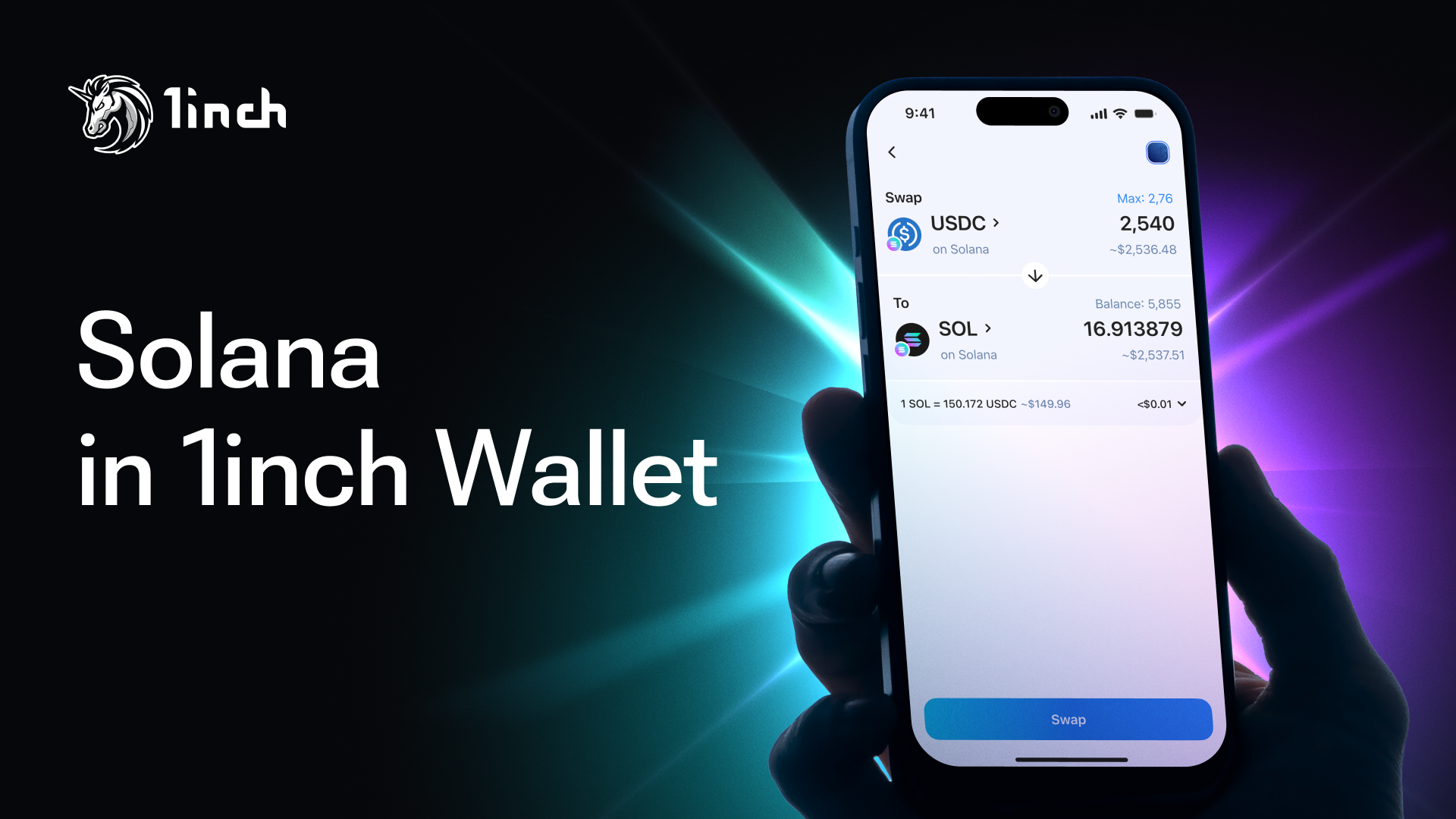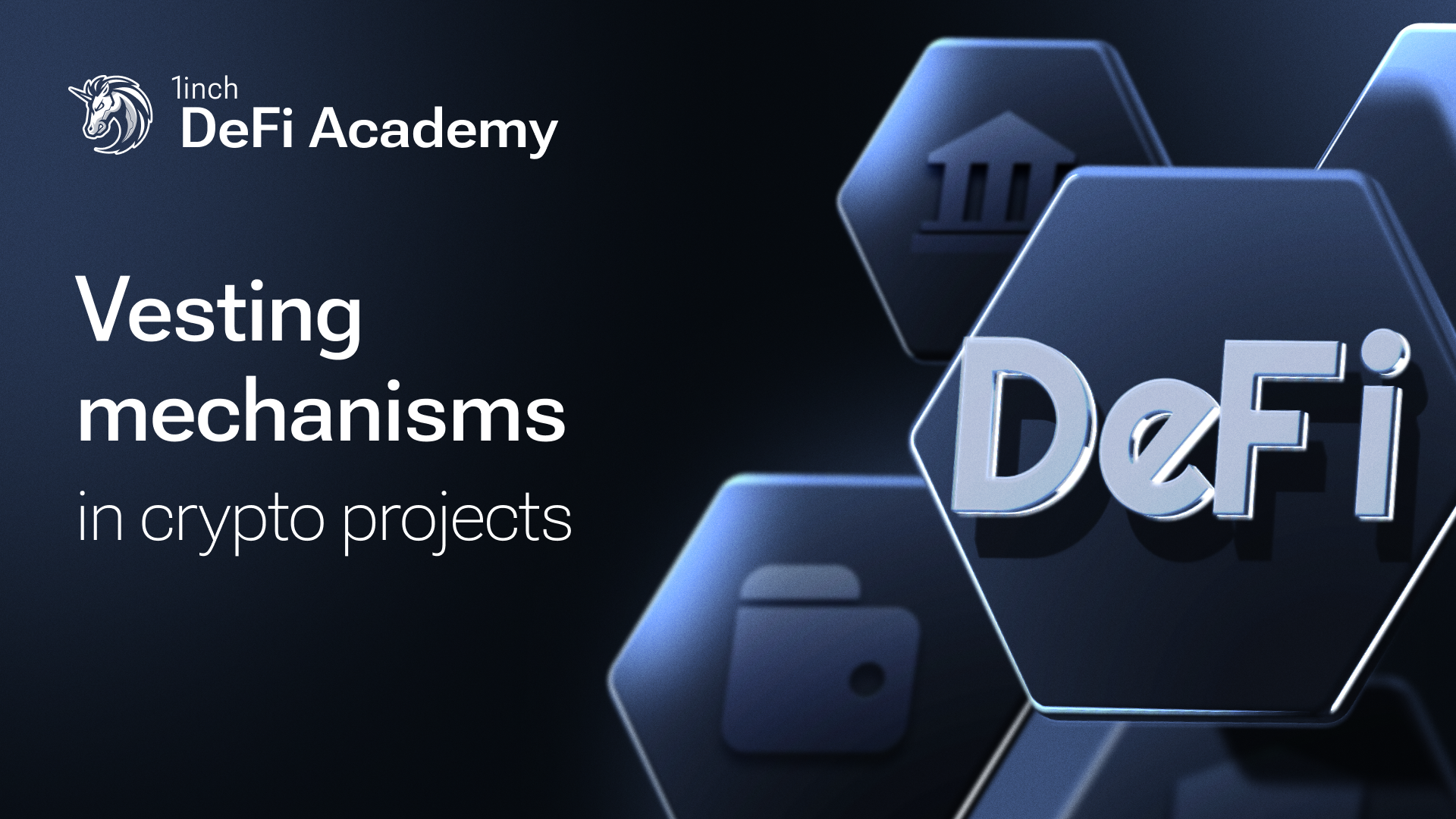How market makers work: AMM and PMM

The understanding of how market makers work and how liquidity is generated helps users to make more profitable swaps and discover new opportunities in DeFi.
Key takeaways:
Traditional market exchange processes, involving stocks, precious metals and other assets, rely on buy and sell orders, offering various rates and forming an order book on the exchange. A user performs a trade when they agree to a listed price set by a seller. In those processes, there is always a need for a counterparty — a trading pair — to make a trade.
Automatic market makers (AMMs) are protocols powering DEXes and offering a decentralized automated approach to crypto asset exchange. The vital difference is that another trader is not required for making a swap as the protocol makes the market for users, performing the other side of a trading pair. A user interacts with a smart contract rather than another seller or buyer.
What is an AMM? Liquidity and income in DEXes
The term “automated market maker” refers to an asset price that is determined automatically by an algorithm which calculates token shares in a liquidity pool. A required trading pair is taken from liquidity pools — storages of cryptocurrencies on the balance of a smart contract. They are supplied by platforms’ users who provide assets to receive rewards in exchange. LP tokens (liquidity provider tokens) represent users’ share of the pool. When a trade is made on a DEX, the transaction fee is distributed between all the pool members. Liquidity provider’s rewards are made up of transaction fee proceeds.
A user’s passive income depends on their share in the total volume of liquidity: the bigger the LPs amount, the higher the reward.
Pools can be formed from two or more tokens of equal value. If a user adds liquidity to a pool of tokens A and B and A is worth $0.5 and B $1, the user has to deposit, for instance, 100 A tokens and 50 B tokens.
As said above, assets within the pool are managed by an algorithm that sets prices of digital assets. This algorithm allows tokens to be traded permissionlessly and automatically rather than in a traditional market of buyers and sellers.
Overall, AMMs present various earning opportunities for users, such as interest-yielding while providing liquidity and arbitrage (when a trade takes place at a discount relative to an imbalanced pool).
Thus, AMMs play a pivotal role in driving the market where anyone can contribute to add the liquidy and benefit from it. The deeper the liquidity pools, the easier swaps can be executed, and the more healthy trading activity the market meets. As long as users are willing to perform as liquidity providers, AMMs can offer more liquidity than traditional market makers, facilitating trades between cryptocurrencies at a reasonable market price. They also lower transaction fees by removing intermediaries.
Advantages of AMMs
- Opportunity for passive income. Liquidity pools provide opportunities for earning stable passive income through interest yields, benefiting those who contribute to the liquidity of the platform.
- AMMs driving market accessibility. AMMs facilitate the ease of swaps and healthier trading activity by offering deeper liquidity pools than traditional market makers, making the market more accessible to a broader range of participants.
- Lower entry barriers. They allow almost anyone to become a liquidity provider, democratizing the process of earning from market-making activities.
Disadvantages and their mitigation
- Impermanent loss. It happens when the price of assets added to a liquidity pool changes between depositing and withdrawing them, resulting in a loss for liquidity providers.
Strategies to avoid impermanent loss
The core idea is manipulating their curvature distributions and token price optimization. Some protocols use a native token, while others do not. Impermanent loss can be avoided, for instance, by transaction fees covering the difference in the value of locked and withdrawn funds or additionally minted native tokens if the transaction fees do not fully compensate for impermanent loss. Platforms enable locking pool assets on various terms: some allow providing liquidity in a specific price range, while others get rid of the dual-assets model and offer multi-token pools.
- Slippage. This is another risk that users can face in a liquidity pool. Slippage occurs when a price quoted by a DEX changes between the time of quote and the time of swap. If a pair of tokens has a low level of liquidity, it requires collective market movements to cause changes in the pool rate.
Methods to control slippage
DEXes provide users with an opportunity to control slippage by setting its limits.
The role of PMM on DEXes
The acronym PMM can be found in different interpretations. On 1inch, it stands for Private Market Makers and refers to entities that fill buy and sell orders through the 1inch API, bringing additional trading volume.
Another acronym use case can also stand for Proactive Market Maker, when referred to the DoDo DEX protocol, copying the behavior of AMMs and human traders.
PMMs (private market makers) typically operating with CEXes can also trade at low risk on DEXes, offering RFQ features that enable users to set orders for a specific cryptocurrency.
On 1inch, the process is as follows:
When an order is placed, the limit order protocol asks the PMMs if they are willing to make an exchange. It may be advantageous for the PMMs to sign an order for a considerable amount because they can resell those assets on another platform at a profit.
“Off-chain” transactions with PMMs can be executed in OTC Mode (over-the-counter). Here you can find thorough information on how they work.
Aggregating AMM and PMM liquidity
AMMs, despite being key DeFi drivers, sometimes need more liquidity for certain transactions, and PMMs can come in handy when massive liquidity amounts are required. The 1inch Aggregation Protocol addresses possible liquidity issues by cross-checking various DEXes. It finds the best swap price by aggregating information from hundreds of platforms and automatically selecting the most favorable options.
The backbone of this protocol is the Pathfinder algorithm. It ensures an optimal swap strategy by offering the best trading paths across multiple markets, also taking gas fees into account. It is connected both with AMMs and PMMs, which facilitates scanning prices across all existing liquidity sources for every swap users make. The amount of liquidity sources currently exceeds 250. Plus, there are the most widely-used networks to choose from: Ethereum, BNB Chain, Avalanche, Polygon, Optimistic Ethereum (oΞ), Gnosis, Fantom, Arbitrum, Aurora and Klaytn. This enables users to save on gas fees and pick more suitable transaction terms.
The Pathfinder algorithm also ensures the minimal price impact for a swap. Somewhat similar to slippage, price impact refers to rapid price changes that depend on the asset’s liquidity. High liquidity normally guarantees low price impact. The difference from slippage is that price impact is caused by the user’s trade rather than market movement.
Splitting the swap across various liquidity sources guarantees the lowest price impact.




























